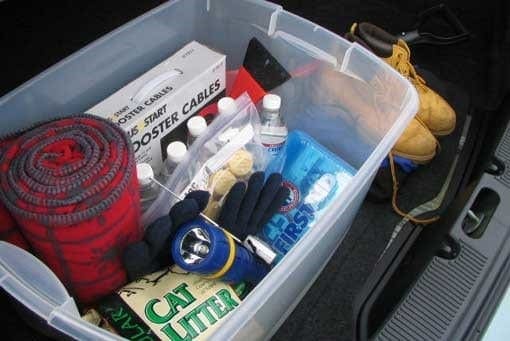Protecting Your Driver and Truck During Extreme Cold Conditions
With cold weather conditions reaching below zero in many parts of the US it is time to remind your drivers to protect themselves and their trucks in these conditions.
Protecting your Driver
Cold weather precautions to prevent hypothermia and frostbite:
Hypothermia occurs when the body’s temperature falls below normal. Early and mild symptoms include shivering, slurred speech, mental slowness or lethargy, muscular stiffness, and clumsiness. Symptoms of severe hypothermia include mental confusion, disorientation, stupor or coma, absence of shivering, stiff or rigid muscles, shallow and very slow breathing, weak pulse, and a fall in blood pressure. If symptoms are detected, especially in the elderly, seek immediate medical help.
To prevent Hypothermia, take the following precautions:
- Wear several layers of warm, loose-fitting clothes. Items that wick moisture away from the skin are best.
- Use gloves and knit caps to keep heat in.
- Change clothing if it becomes wet.
- Have an emergency kit containing a change of clothes, a blanket, hand warmers, and snacks in case of being stranded.
- Eat hot, nutritious meals and drink water, this is important in the winter also.
- Avoid the use of alcoholic beverages.
- Make sure the driver has a way to communicate to you in the event of a breakdown of the unit in rural areas of operation.
Many prescription drugs may make you more sensitive to the cold, so check with your physician or pharmacist to find out if your medication falls in this category. Frostbite, especially when the wind chill factor is very low, can be a problem. Symptoms of frostbite include changes in skin appearance such as swelling, reddish, bluish, or whitish coloring, numbness, stiffness, or rigidity. If untreated, frostbite can lead to loss of frozen fingers, toes, or other affected skin areas. To prevent frostbite, protect skin from direct exposure to cold air and from exposure to intense cold temperatures.
Protecting the Truck
- Diesel supplement should be added to the ultra-low sulfur diesel fuel when temperatures drop below 32 degrees Fahrenheit.
- If your truck is equipped with an engine block heater it should be plugged in when the temperature is below 32 degrees. Trucks that are not utilized should be started and let run every day to bring the unit up to normal operating temperature.
- Initial startup procedure should be as follows: Complete pre-trip of the unit, unplug block heater, turn the ignition switch on, and wait for dash lights to stop cycling, start the engine, leave engine run until engine operating temperature increases.
- For trucks equipped with air brakes, drivers should purge air tanks daily. If the unit is equipped with an air drier, bringing the PSI to120 will automatically purge the system.
- If you are driving in snow, ice, slush, rain, etc., before parking the unit for the day you should lightly apply the brakes while the unit is moving to dry the brake shoes, drums, rotors, and pads so the brakes do not freeze while parked.
- Make sure windshield washer solvent is full and that all windows are 100% clean.
- Remove any ice-snow build-up from steps and grab handles to prevent a slip or fall.
- Always use the 3-point method of entering and exiting the cab.
- When parking the unit make sure if heavy snow is forecast that the unit is not left parked in an outside dock or near a building overhang. Snow can drift off the building causing excessive accumulation on the top of the truck or trailer and can cause the roof to collapse.

